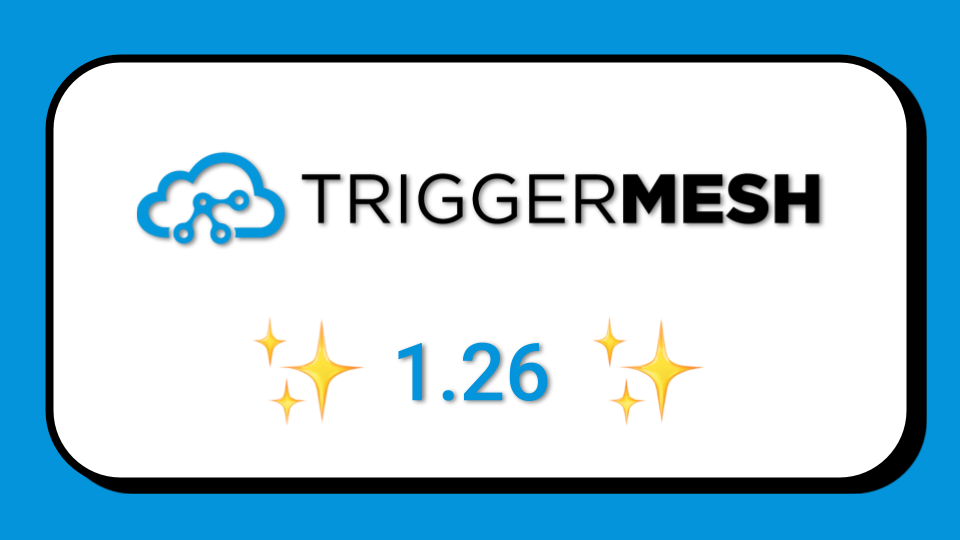




This summer, amid multiple heat waves and a summer developer retreat, the TriggerMesh team has managed to squeeze in some exciting releases, heavily driven by user requests. A big thanks to those of you that are using TriggerMesh and helping us make the product better 👏.
We’ll cover updates from 1.19, 1.20 and 1.21 in this post.
Driven by the need to improve security and auth when connecting to various Kafka distributions, we decided to release our own dedicated and generic Kafka components. The new components support Kerberos authentication. Checkout the documentation which so far resides on GitHub and will be moved to our main documentation site soon.
When making the decision to create our own generic components for Kafka, these are some of the factors we considered:
We’ll deprecate the ConfluentTarget component in the future as it is superseded by the new KafkaTarget.

Cloud Service Providers follow no industry standard in the generation of security event messaging. This gap translates into increased toil and decreased efficiency for the enterprise cloud consumer. Cloud Security Notification Framework (CSNF), developed by the ONUG Collaborative’s Automated Cloud Governance (ACG) Working Group, is aimed to create a standardization process without sacrificing innovation.
As part of this initiative, TriggerMesh has created a reference implementation of this framework and a quickstart guide to get up and running fast. We’ve also contributed new source and target components, such as the Microsoft Sentinel target, to help security operations teams integrate with the tools they need.
The list is long!
ManoMano is the largest marketplace for products and services in the DIY, gardening and Home Improvement sector in Europe. The System Reliability Engineering (SRE) function at ManoMano is core to the way the company is able to innovate at the pace that lets the company sustain the kind of growth trajectory they have been seeing.
One of the development teams at ManoMano is focused on the benchmarking and performance testing of the ManoMano stack. They leverage AWS services as part of their test execution frameworks, and need to be able to execute code when certain AWS events occur, like when a set of test results become available in an S3 bucket. The SRE team uses TriggerMesh to provide an eventing platform to these test developers who are empowered to easily deploy serverless functions that are triggered by specific events.
Keep your eyes out for a joint blog post about this use case, coming soon to the TriggerMesh blog!
To try TriggerMesh or update to the new version you’ll find the entire open source platform on our GitHub repository.
If you’d like to get in touch with our founding team to discuss how TriggerMesh can help improve the way your organization develops and integrates modern software, schedule some time with us here, or join our public slack channel.